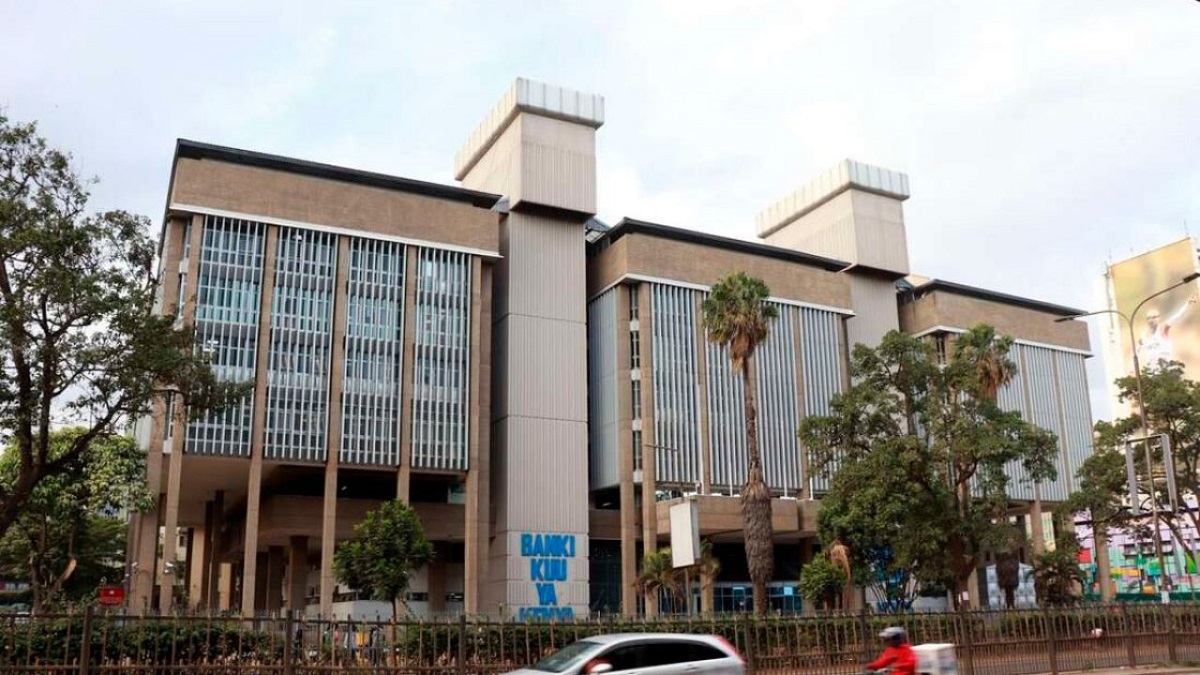Banks in the country restructured total loans amounting to Ksh1.63 trillion or 54.2 percent of the total banking sector loan book of Ksh 3.0 trillion by the end of December 2020, in line with the emergency measures announced by CBK on March 18 to provide relief to borrowers.
Data shared by the CBK shows that of this, personal and household loans amounting to Ksh333.0 billion or 39.6 percent of the gross loans to this sector have had their repayment period extended.
For other sectors, a total of Ksh1.29 trillion had been restructured mainly to trade (21.3 percent), manufacturing (20.4 percent), real estate (15.4 percent) and agriculture (12.4 percent).
“These measures have continued to provide the intended relief to borrowers,” Central Bank Governor Dr, Patrick Njoroge said in a statement.
Of the Ksh35.2 billion that was released by the lowering of the Cash Reserve Ratio (CRR) in March,
Ksh32.6 billion (92.7 percent) has been used to support lending, especially to the tourism, trade and
transport and communication, real estate, manufacturing and agriculture sectors.
Leading indicators for the Kenyan economy point to a recovery particularly in the fourth quarter of
2020, from the disruptions earlier in the year. This recovery is supported largely by strong
performance in the agriculture and construction sectors, resilient exports, and continued recovery in
manufacturing and services
According to CBK, growth in private sector credit stood at 8.4 percent in the 12 months to December 2020, as demand recovered with the improved economic activity.
Strong credit growth was observed in: manufacturing (12.0 percent), transport and communications (13.6 percent), agriculture (15.3percent), real estate (8.7 percent) and consumer durables (18.1 percent).
“The operationalisation of the Credit Guarantee Scheme for the vulnerable Micro Small and Medium sized Enterprises (MSMEs), will de-risk lending by commercial banks, and is critical to increasing credit to this sector,” the CBK Governor said in his post MPC statement.
The banking sector remains stable and resilient, with strong liquidity and capital adequacy ratios. The
ratio of gross non-performing loans (NPLs) to gross loans stood at 14.1 percent in December
compared to 13.6 percent in October.
NPL increases were noted in the Transport and Communications, Trade, Real Estate and Agriculture sectors. The increases in NPLs were attributable to the subdued business environment, and banks continue to make provisions for the NPLs.
The CBK foreign exchange reserves, which currently stand at USD7,686 million (4.72 months of
import cover), continue to provide adequate cover and a buffer against short-term shocks in the foreign
exchange market.
Exports of goods have rebounded, growing by 3.3 percent in 2020 compared to 2019. Receipts from
tea exports rose by 10.1 percent in 2020, largely reflecting increased output.
The volume of horticulture exports also rebounded, growing by 27.7 percent in 2020 compared to 2019, with the resumption of demand in the international markets and the availability of adequate cargo space.













Leave a comment